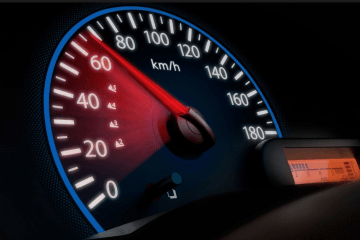Oftentimes, I get a phone call from a friend whose car is in the shop and they ask my opinion on a shop’s estimate. Eventually, I get around to asking said friends why they don’t just fix it themselves and save themselves a boatload of money. Invariably, they proclaim that they simply don’t have the knack for it. They look at my tendency to take a wrench to anything that has wheels as some divine-given talent.
What should be obvious is that I wasn’t born knowing how to do this kind of work. I started the same way as any beginner – one repair at a time. What most people don’t realize is that you can handle a lot of DIY maintenance and repairs on your own without knowing how every single nut and bolt on your car works. You pick a simple maintenance item to start with, and move up in complexity from there. What you need to keep in mind is that your car was designed and built by people just like you, and there’s no magic behind what makes it work.
Where, then, should the novice begin? Ideally, if you’re new to working on your own car, you should start BEFORE you have a breakdown in the middle of the night in an unknown area with no cell phone reception. I always recommend starting with the basics, as I did – and it doesn’t get much simpler than an oil change. This is a great place to start because it’s a maintenance item that’ll come up frequently and is generally easy to tackle. The specifics differ from car to car, but the process pretty much goes as follows:
1.raise front of car
2.remove oil cap
3.drain old oil
4.remove and replace oil filter
5.fill engine with fresh oil
6.replace oil cap
7.make note of date and mileage of oil change
8.dispose of old oil
Your owner’s manual should tell you how much oil and what kind you’ll need to buy. For that matter, your owner’s manual is a great source of information on basic DIY items. If you haven’t read through it, I highly recommend doing so. It’ll show you how to check fluid levels and usually how to top them off if needed. A good rule of thumb to follow is that if the manual gives you specific instructions, then it’s probably a simple enough item for you to handle on your own. On the other hand, if the owner’s manual tells you to take your car to a dealership, then that item is probably not suited to the beginner DIY-er (though it might be a job you’ll be comfortable handling in the future).
Whatever you do, the most important thing to do is to arm yourself with knowledge. Start with your owner’s manual. Purchase a quality repair manual if you feel you need more information. Most of all, make sure you understand the job and the risks involved before you begin.



